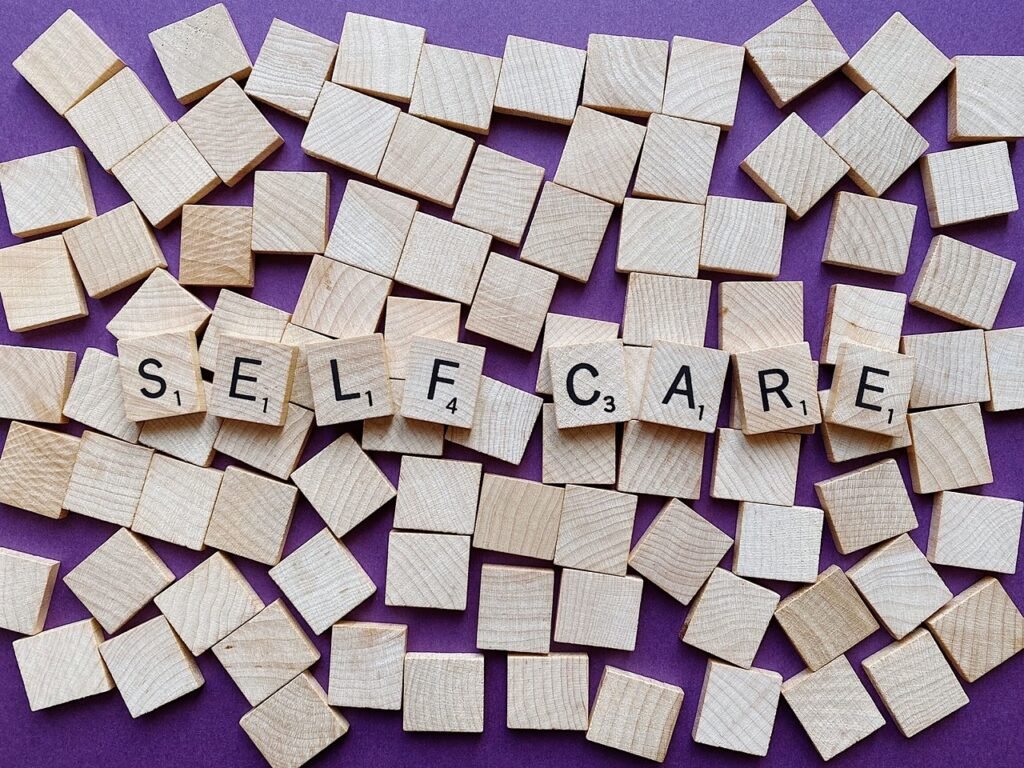
Family caregivers are everyday heroes. They step up to help loved ones through illness, aging or disability. While this role is full of love and care, it also comes with real challenges that can affect health, happiness, and finances.
This article is here to help.
Whether you’re just starting your journey or have been caregiving for years, we’ll share practical ways to reduce stress and feel more supported.
What Makes Caregiving Stressful
Emotional Challenges
Caregiving can be an emotional rollercoaster. Many caregivers feel:
- Overwhelmed by daily tasks and long to-do lists.
- Guilty for not doing “enough” or needing time off.
- Lonely because they spend less time with friends or hobbies.
These feelings are normal, but if you ignore them, they can lead to anxiety or depression.
Physical Strain
Looking after someone else often means putting your own needs last. That can lead to:
- Chronic tiredness from interrupted sleep or long days.
- Lack of self-care like missing meals or skipping doctor visits.
- Injuries from lifting or helping someone move.
Taking care of your own body is just as important as caring for someone else.
Money Worries
Many caregivers face financial stress, especially when they have to cut back on work or spend money on care needs. Common challenges include:
- Lost income from reduced hours or leaving a job.
- Out-of-pocket costs for medications, supplies, or travel.
- Managing bills while caring for two households.
It’s okay to ask for help or seek financial support programs — this stress is real and valid.
Why Stress Matters
Stress doesn’t just feel bad — it can hurt your health. Long-term stress can lead to:
- Trouble sleeping or staying asleep.
- Frequent headaches or body aches.
- Weakened immune system, making it easier to get sick.
- Feeling angry, anxious, or sad for no clear reason.
By noticing these signs early, caregivers can take steps to feel better and avoid burnout.
Tools That Make Caregiving Easier
Helpful Apps
Today’s technology can help you stay on top of caregiving duties. Try using apps that help you:
- Track medication schedules and refill reminders.
- Keep a record of symptoms or health updates.
- Share updates with doctors and family members.
Many apps are free and easy to use on a phone or tablet.
Scheduling Tools
Good planning can lower stress. Scheduling tools allow you to:
- Set up appointments and care tasks in one place.
- See your week at a glance and plan ahead.
- Share calendars with other family helpers.
This makes it easier to stay organized and avoid surprises.
Health Monitoring Devices
Smart devices can alert you when something is wrong, even if you’re not nearby. Helpful tools include:
- Fall detection systems that call for help automatically.
- Blood pressure and heart rate monitors that send alerts if levels are too high or low.
- GPS trackers for loved ones who may wander.
These tools bring peace of mind and help you respond quickly to health issues.
Finding Help and Support
Taking Breaks Using Respite Care
You can’t pour from an empty cup. Respite care gives you time to rest while trained professionals care for your loved one. This could be:
- A few hours during the day.
- Overnight or weekend stays.
- In-home or at a care facility.
Even short breaks can refresh your energy and mood.
Talking to a Counselor
Sometimes, talking helps. Speaking with a counselor can:
- Help you sort through your emotions.
- Teach you stress-reducing techniques.
- Give you a safe place to vent and feel heard.
You don’t have to carry everything alone. Mental health is just as important as physical health.
Joining a Support Group
Connecting with others going through the same thing can make a big difference. Support groups can be:
- In person or online.
- Focused on specific conditions like dementia or cancer.
- A place to share tips, laugh, or even cry together.
You’ll find people who truly get it — and that’s powerful.
Getting Practical Caregiver Education
Consider enrolling in a caregiver education program like The Stress-Busting Program (SBP) for Family Caregivers™. It’s an evidence-based program for family caregivers of persons with dementia or a chronic illness.
Practicing stress management techniques and developing problem-solving skills can make a difference. The program empowers family caregivers to:
- Improve their quality of life.
- Manage their stress and cope better with their lives.
Simple Ways to Manage Stress
Mindfulness and Relaxation
Staying calm can help you handle tough moments. Try:
- Deep breathing exercises.
- Short guided relaxation techniques.
- Pausing for a few minutes of quiet.
Even five minutes can help reset your brain and body.
Taking Care of Yourself
Self-care isn’t selfish — it’s survival. Try to:
- Exercise regularly, even a walk around the block.
- Keep up with hobbies you enjoy.
- Make time for rest, fun and people who lift you up.
You deserve care, too. When you feel good, you can care better.
Being a family caregiver is one of the most loving things you can do — but it’s also one of the toughest. You are not alone in feeling tired, stressed, or overwhelmed. By using helpful tools, leaning on support, and practicing self-care, you can feel more balanced and hopeful.
Remember: your health matters, too. Taking care of yourself isn’t selfish—it’s smart. You can’t care well for someone else if you’re running on empty. Reach out, recharge, and remind yourself that you’re doing the best you can. That’s more than enough.
Family Caregiver Stress FAQ
How do I know if I’m experiencing caregiver burnout?
Signs of caregiver burnout include:
- Constant fatigue
- Frequent illness
- Irritability
- Feelings of hopelessness
If you notice these, it’s time to take a step back and seek help or take a break.
What’s the best way to find local respite care?
Start by contacting your local area agency on aging or asking your loved one’s doctor for recommendations. Websites like Eldercare Locator can also help.
Are caregiver apps free?
Many caregiving apps have free versions with essential features like scheduling and reminders. Some offer premium upgrades for more advanced options.
Can I get paid for being a family caregiver?
It depends on your state and situation. Some government programs or insurance plans offer compensation or reimbursement. You can also try looking into Medicaid or veteran support options.
How do I talk to my family about sharing caregiving duties?
Be honest and specific. Let them know what you need help with — meals, errands, breaks — and schedule regular check-ins to divide tasks fairly and avoid resentment.



